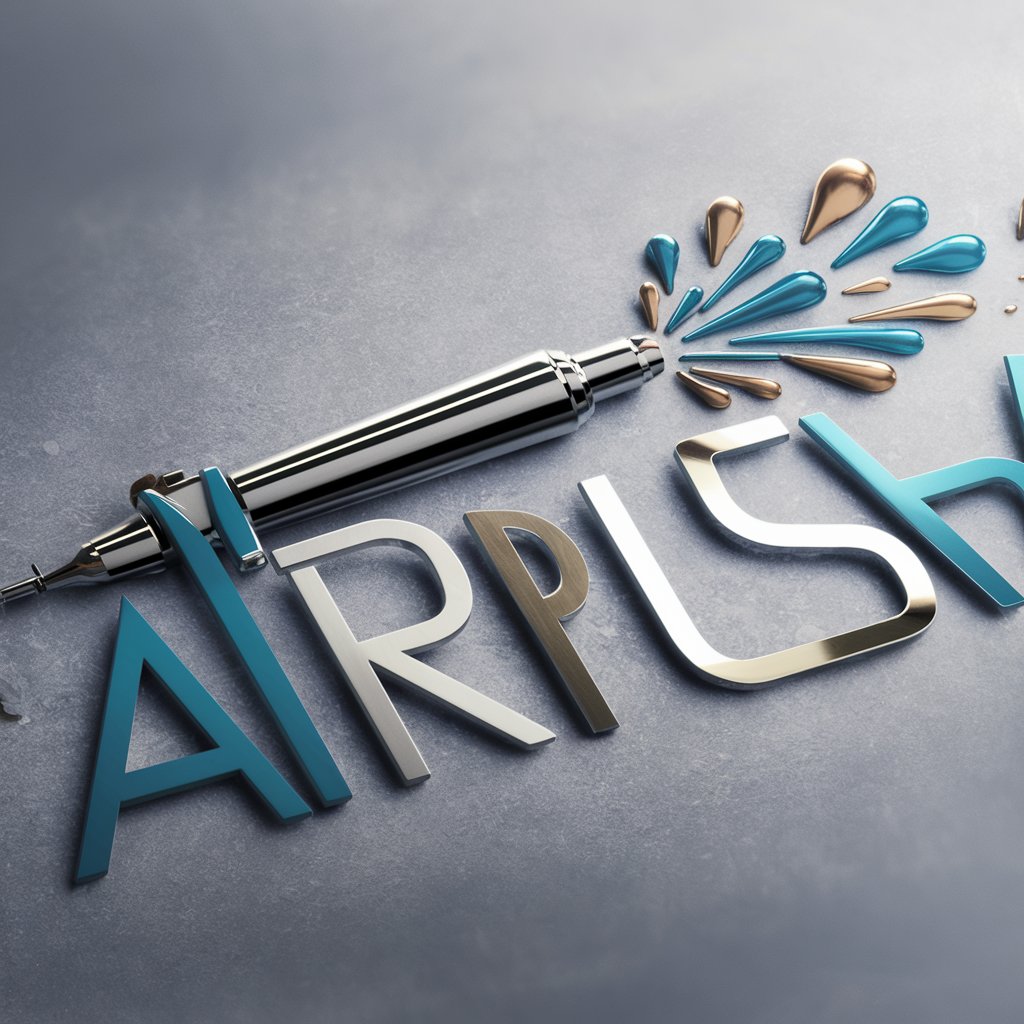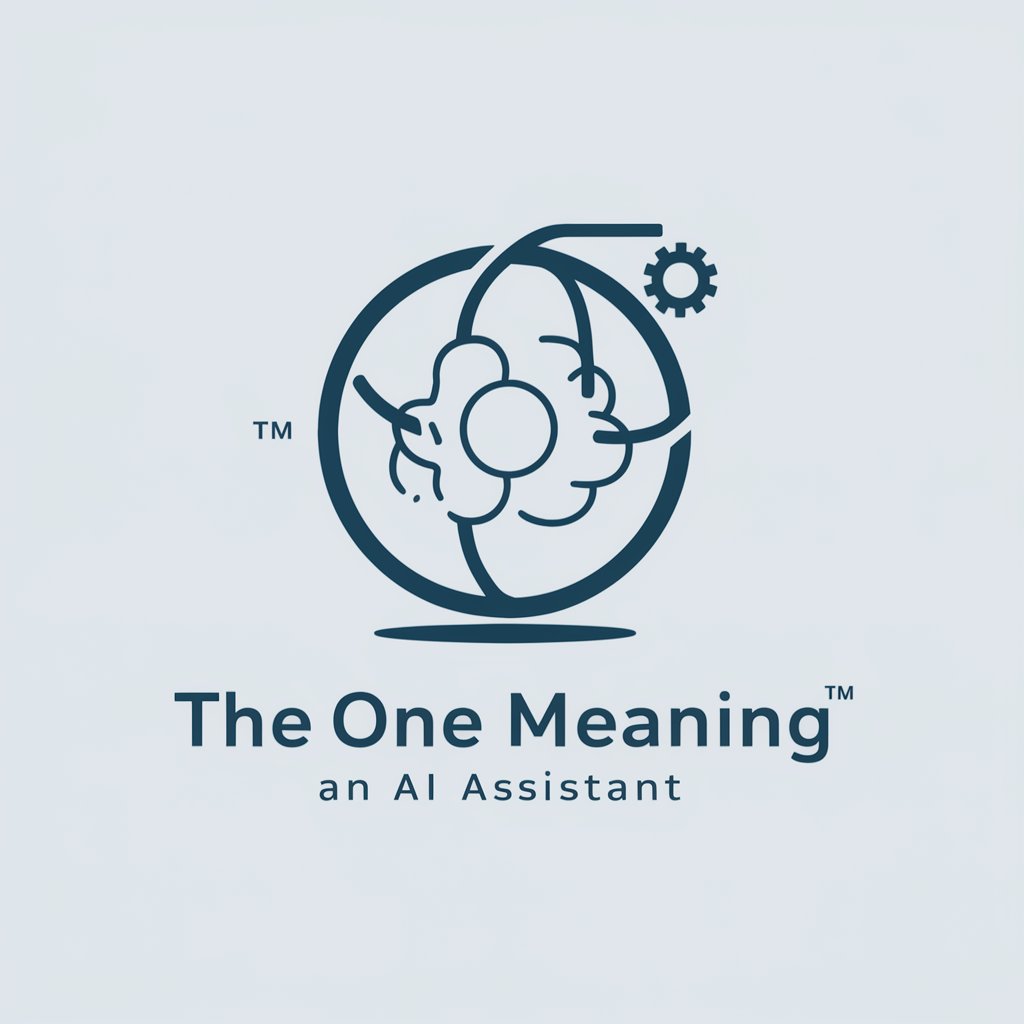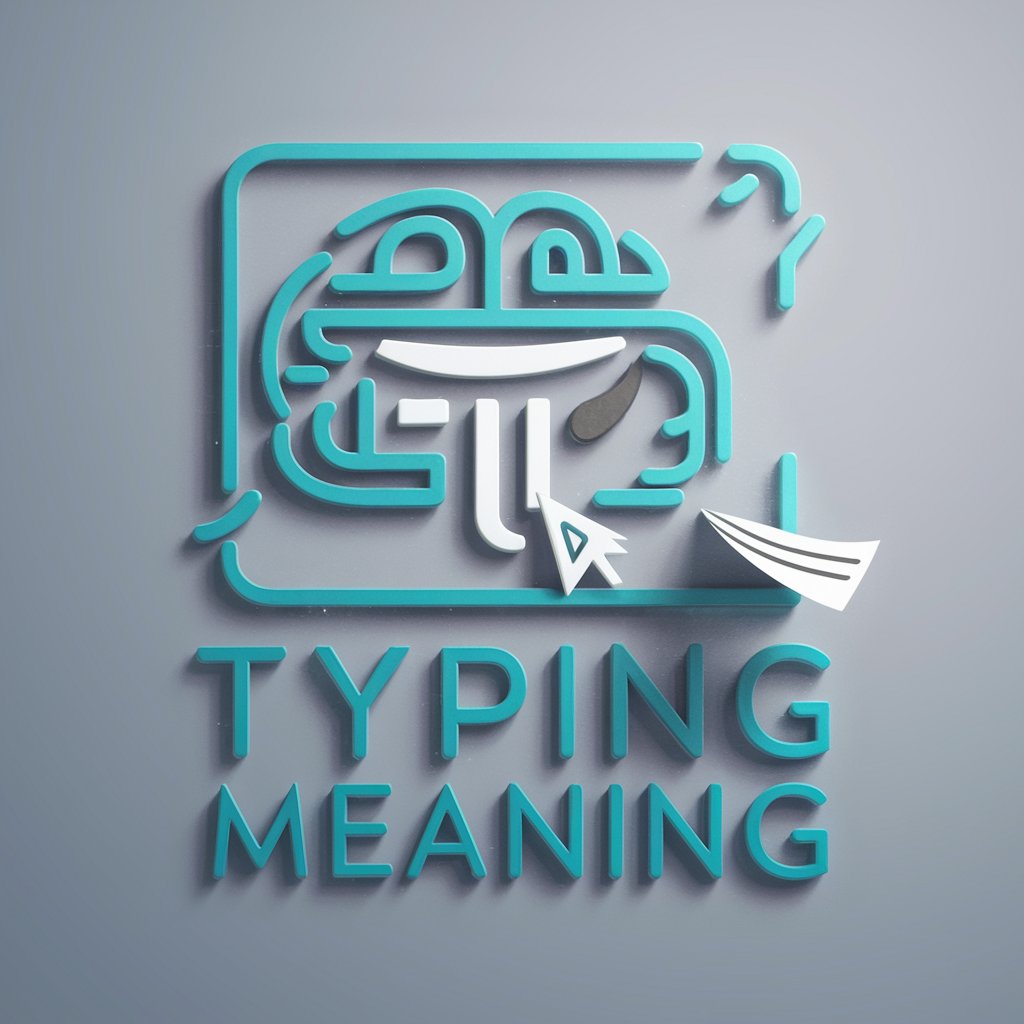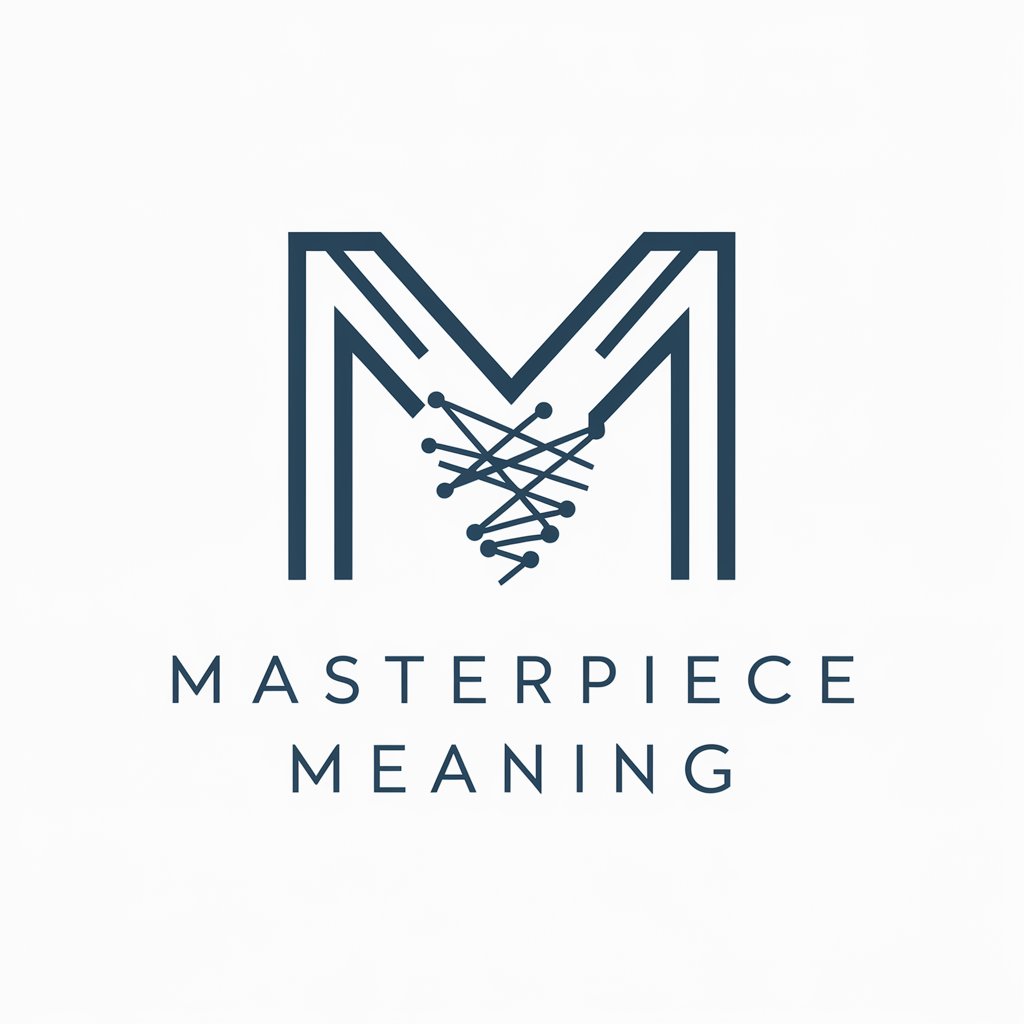Airbrush - Airbrushing Tutorials Online

Welcome! Let's dive into the world of airbrushing.
Elevate Your Creativity with AI-Powered Airbrushing
How can I improve the smoothness of my airbrush gradients?
What are the best practices for cleaning airbrush equipment?
Can you suggest techniques for achieving realistic textures with an airbrush?
How do I choose the right airbrush needle for detailed work?
Get Embed Code
Understanding Airbrush
Airbrush, as designed, is a specialized GPT focused on providing insights, guidance, and expertise in the realm of airbrushing techniques, equipment, and applications. It serves to bridge the gap between novice enthusiasts and seasoned professionals in the artistic domain of airbrushing. Designed to cater to a wide array of queries related to airbrush art, this platform offers in-depth information ranging from the selection and maintenance of airbrush equipment to advanced techniques for creating intricate and stunning artworks. Examples of scenarios where Airbrush can provide valuable assistance include guiding a beginner through the basic setup and use of an airbrush kit, offering step-by-step techniques for creating gradients and textures, or providing advice on the best practices for cleaning and maintaining the equipment to ensure longevity and performance. Powered by ChatGPT-4o。

Core Functions of Airbrush
Educational Guidance
Example
A beginner learning to mix paints for airbrushing.
Scenario
Airbrush provides detailed tutorials on how to mix airbrush paints, including the importance of paint viscosity, the role of thinners, and techniques for achieving the perfect consistency for smooth application and optimal results.
Technique Improvement
Example
An artist looking to master the art of airbrushing gradients.
Scenario
Offering comprehensive strategies for mastering gradients, Airbrush outlines step-by-step approaches, from setting up the airbrush for a gradient effect to controlling air pressure and paint flow for achieving seamless transitions.
Equipment Selection and Maintenance
Example
Selecting the right airbrush kit for model painting.
Scenario
Airbrush advises on the selection of airbrush kits tailored to specific projects, such as model painting, highlighting the features to look for in an airbrush, needle sizes for detailed work, and tips for regular maintenance to prevent clogging and wear.
Creative Inspiration
Example
Designing a custom motorcycle helmet.
Scenario
Providing inspiration and technical advice for customizing motorcycle helmets, Airbrush guides users through the process of conceptualizing designs, selecting paints suitable for helmet materials, and applying techniques to create durable, eye-catching finishes.
Who Benefits from Airbrush?
Hobbyists and DIY Enthusiasts
Individuals interested in hobbies such as model building, custom vehicle painting, or creating unique t-shirt designs. They benefit from learning about airbrushing techniques to elevate the quality and professionalism of their projects.
Professional Artists and Designers
Artists and designers seeking to incorporate airbrushing into their repertoire for fine art, illustration, or commercial projects. Airbrush offers advanced techniques and insights into creating detailed, high-quality artwork.
Educators and Trainers
Professionals teaching art or design, looking for resources to introduce airbrushing to students. The platform provides structured tutorials and lesson plans that cover basics to advanced techniques, suitable for classroom settings.

How to Use Airbrush
Start Your Journey
Begin by exploring airbrushing at no cost. Visit a platform that offers free trials without the necessity for login credentials or premium memberships, allowing immediate access to airbrushing tutorials and resources.
Gather Your Tools
Ensure you have the essential equipment: an airbrush, compressor, airbrush paint, and a cleaning kit. Choose materials based on your project type, whether it's fine art, automotive painting, or makeup application.
Learn Basic Techniques
Practice foundational airbrushing techniques such as dagger strokes, dots, and shading. These skills are crucial for achieving various effects and will serve as the building blocks for more complex projects.
Experiment and Practice
Use a variety of surfaces to practice on, such as paper, canvas, or even automotive parts, depending on your focus. Experiment with different air pressures, paint thicknesses, and distances to master control over your airbrush.
Maintain Your Equipment
Regularly clean your airbrush and compressor according to the manufacturer's instructions. Proper maintenance prevents clogs and ensures the longevity and performance of your equipment.
Try other advanced and practical GPTs
The Ones meaning?
Empowering decisions with AI insights.

It Happens meaning?
Empowering insights with AI-driven analysis

Kabbala
Unlock Mystical Insights with AI

Typing meaning?
Elevate Your Writing with AI

Open Space meaning?
Elevate creativity and efficiency with AI

When You Say You Love Me meaning?
Unlock the depth of affection with AI.

To Be With You meaning?
Empowering Understanding Through AI

It Is Well With My Soul meaning?
Exploring Deep Faith Through Hymns

Masterpiece meaning?
Unleash creativity and insight with AI

Endeavor meaning?
Enhancing Understanding with AI

Assistant Bureautique Pro
Empowering your Office tasks with AI

Comfort meaning?
Empowering Understanding with AI

Frequently Asked Questions about Airbrush
What types of paint can I use with an airbrush?
Airbrush-compatible paints include acrylics, enamels, urethanes, and watercolors. The key is to use paint specifically formulated for airbrushing or to thin regular paint to the correct consistency.
How do I prevent my airbrush from clogging?
To prevent clogging, always use properly thinned paint, clean your airbrush thoroughly after each use, and periodically remove and soak the nozzle and needle in cleaning solution.
Can airbrushing be used on any surface?
Airbrushing can be applied to a wide range of surfaces, including paper, canvas, fabric, wood, metal, and automotive bodies, provided the surface is properly prepared and primed if necessary.
Is airbrushing suitable for beginners?
Yes, airbrushing is suitable for beginners, especially with practice and starting with basic techniques. There are numerous tutorials and classes available for those new to airbrushing.
How do I choose the right airbrush for my projects?
Selecting the right airbrush depends on your project's needs. Consider factors such as the type of feed (gravity or siphon), needle/nozzle size for the detail level, and whether you need a single-action or dual-action airbrush.
